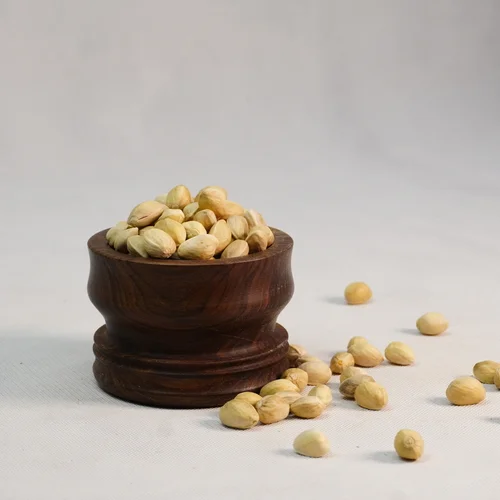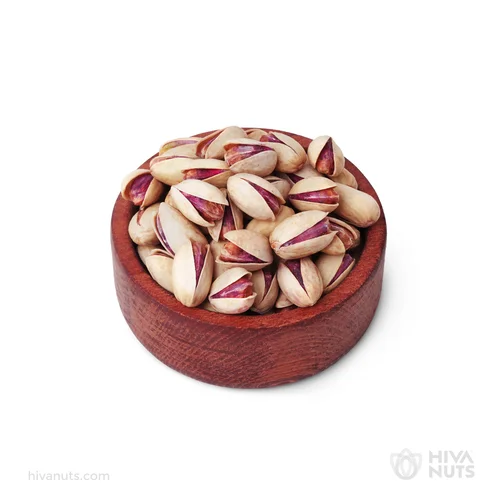The emergence of new pistachio-producing countries and their impact on the market

In recent years, the global pistachio market has undergone major changes. While traditional producers such as Iran and the United States have dominated the industry for decades, several new countries are now entering the market. These emerging producers are changing supply chains, increasing market competition, and influencing global pricing trends. This article examines the reasons for their emergence and their impact on the pistachio industry.
The emergence of new pistachio producers
Historically, pistachio production has been concentrated in areas with suitable climates, such as the Middle East and parts of the United States. However, climate change, technological advances, and agricultural investments have encouraged new countries to grow pistachios.
Some of the most notable emerging producers include:
- Turkey
- Spain
- Greece
- China
- Australia
- Argentina
The pistachio-producing countries have increasingly adopted modern irrigation systems, high-yielding pistachio varieties, and government-supported agricultural programs.
Factors driving this growth
Climate adaptation
Many of the new production areas have similar climates to traditional pistachio growing areas. Changing temperature patterns due to global warming have made it possible to grow pistachios in areas that were previously unsuitable for the crop.
Government support and investment
Countries such as Spain and Australia have introduced programs that encourage farmers to diversify their crops. Pistachios are attractive due to their long-term profitability and strong global demand.
Technological progress
Advances in drip irrigation, grafting techniques, and mechanized harvesting have made pistachio cultivation more efficient and cost-effective. These technologies are helping new producers quickly expand their operations.
Impact on global pistachio markets
Increased Competition
New manufacturers have intensified competition and created more options for buyers in Europe and Asia. This has led to more competitive pricing and improved product quality.
More sustainable global supply
Previously, global supply in major producing countries was affected by weather conditions or political factors. With increasing participation of countries in production, the pistachio market has become more stable and flexible.
Price adjustment
As supply increases, price volatility has decreased. New producers often target niche markets – such as organic pistachios or premium varieties – and help balance the market.
Business diversity
Countries that once relied heavily on imported pistachios now have opportunities to reduce their dependence. This shift is altering global trade patterns and creating new competition for established exporters.
Challenges facing new manufacturers
Despite this growth, emerging producers still face obstacles:
- Long maturation period of pistachio trees
- High initial investment costs
- Compete with experienced global exporters
- Water shortage problems in some areas
However, these countries are still expanding due to increasing demand.
Conclusion
The emergence of new pistachio producing countries marks a significant shift in the global market. With increased production capacity, increased competition, and more sustainable supply chains, the pistachio industry is entering a new era. As demand increases worldwide, these emerging producers will play an increasing role in shaping the future of the market.
Source: AMAZON



